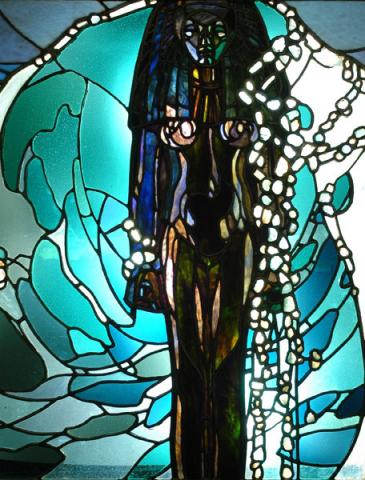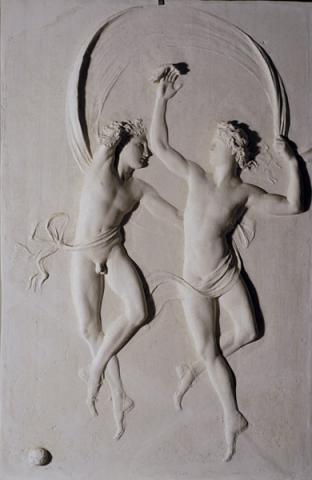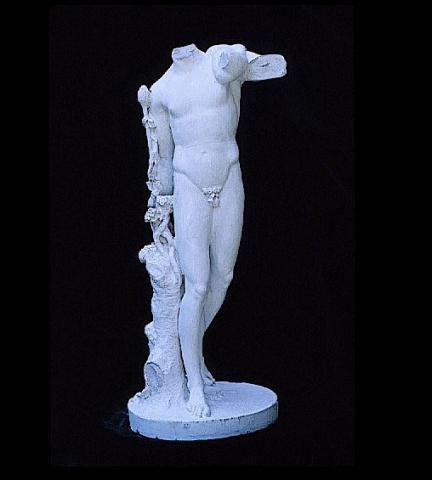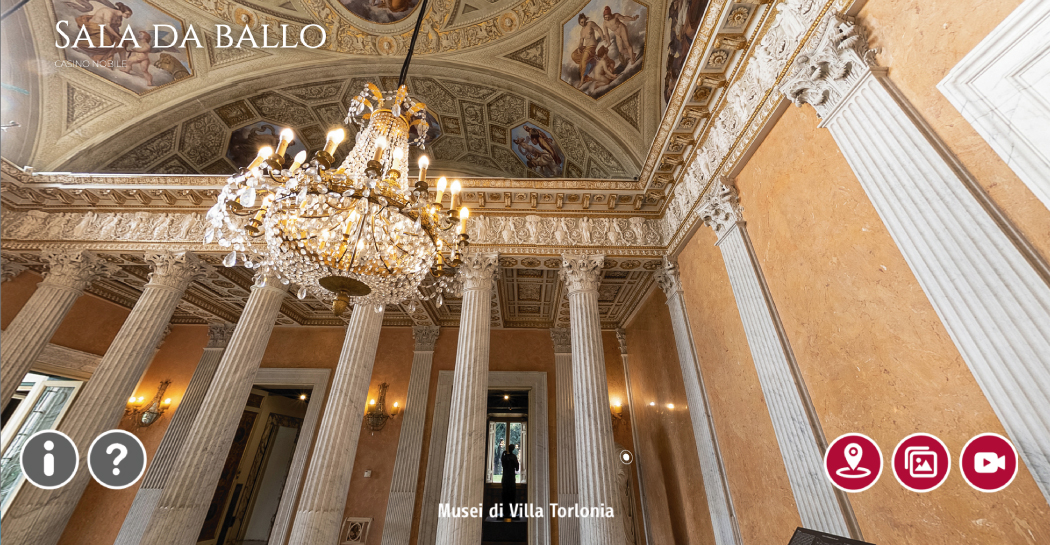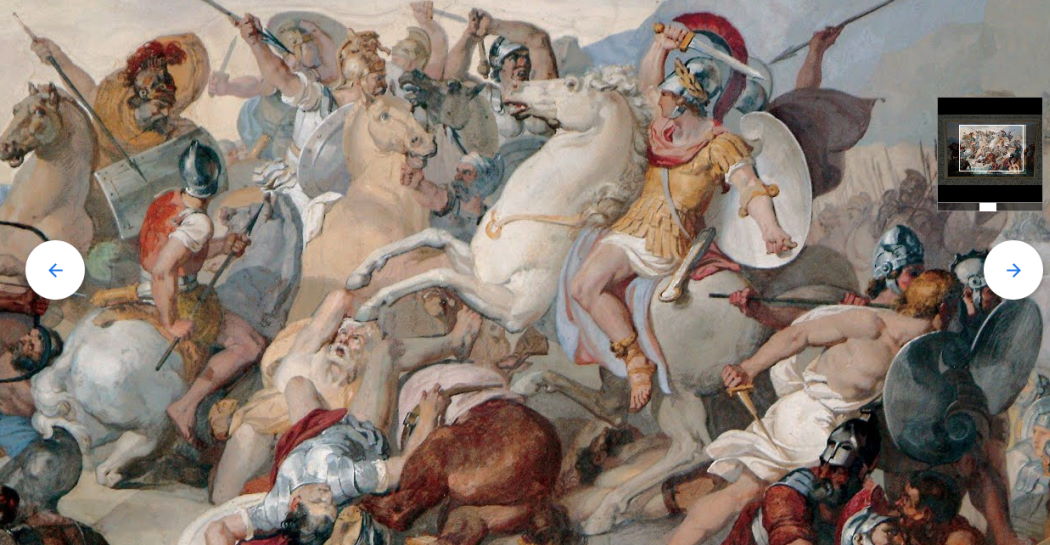Duilio Cambellotti
Born in Rome in 1876. His father was a wood carver and gilder, who first taught him and transmitted to him a passion for applied arts. When he had finished studing as an accountant, he inscribed himself in a three year course in “pictorial decoration and the applied arts” at the Industrial Artistic Museum in Rome.
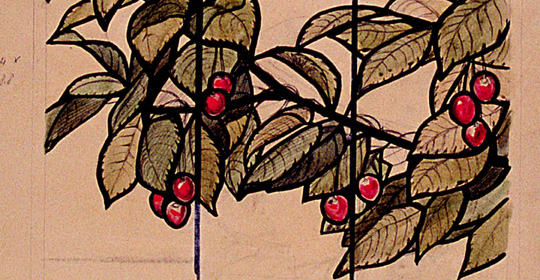
Cambellotti began his work as a graphic artist, when he left school; in 1898, having been awarded his teaching title from the school of art, he began to collaborate with Italian and foreign companies.
In 1901 he won the “Alinari Competition” for his illustrations of the Divine Comedy and, subsequently, began to collaborate with various magazines and to illustrate literary texts, an activity which he cultivated all his life.
In 1905, he began his collaboration with the Theatre Company of Rome, designing costumes and scenography: an activity which he concluded only at the end of the Fourties, after an extraordinary series of backdrops for the open air theatres at Ostia and Taormina, for the Opera of Rome and, especially for the Greek Theatre in Syracuse.
In 1912, together with Cesare Picchiarini, Umberto Bottazzi and Vittorio Grassi, he organised the First Exhibition of Stained Glass, where, amongst others “The soldiers” was displayed.
In 1914 he, with Picchiarini, created “The owl in the night”, the first of ten pieces of stained glass for the House of the Owls, of which “The Nail” (1915), “Dawn, Day and Night” (1916), and “Swallows” (1918) are outstanding.
In 1921, still with Picchiarini, Bottazzi and Grassi, he organised the Second Exhibition of Stained Glass, at which he presented eight pieces, including “The fairy”, “The magpies” and “The fireflies”.
In 1931, together with other artists, including Paschetto, Picchiarini and Grassi, he founded the S.A.C.A. (Society for Anonymous Art Lovers).
In the first years of the Thirties, he began a collaboration with the Workshop of Giulio Cesare Giuliani, which ended in 1957. He died in Rome in1960.


























